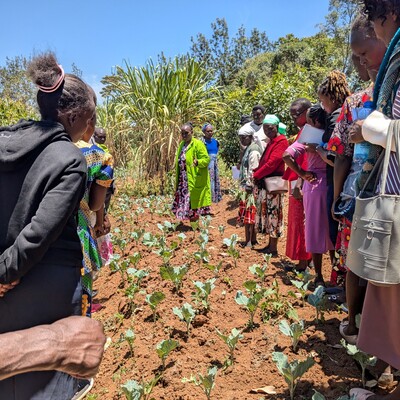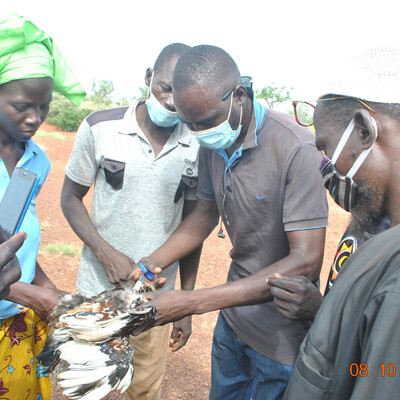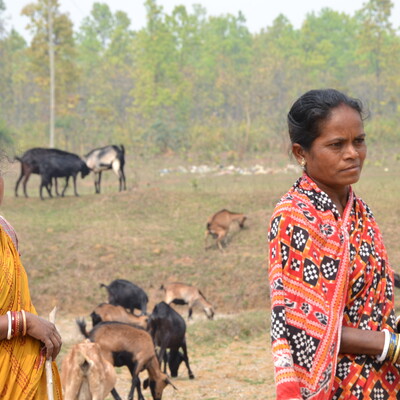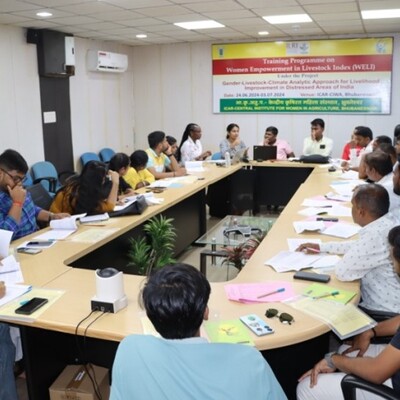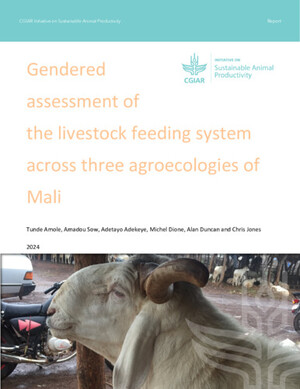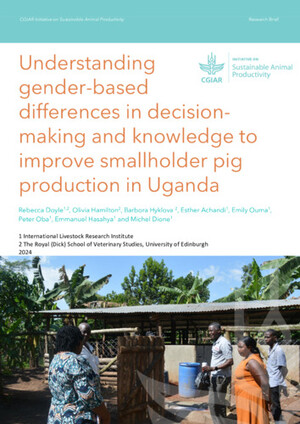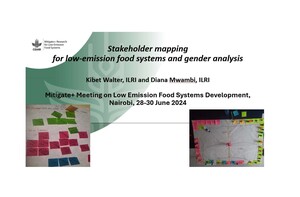
Four tools ILRI is using to help livestock systems transform to greater gender equality

By Zoë Campbell
The theme of this year’s International Women’s Day is ‘I Am Generation Equality: Realizing Women’s Rights’. For those of us at the International Livestock Research Institute (ILRI) who think about gender throughout the year, this is a time to reflect on our work and share what we are doing to move towards gender equality in livestock systems.
First, what do we mean by gender equality? A research partner in West Africa recently told me, ‘If you want women to be exactly like men, that is just not going to happen here.’
‘Gender equality’ is a state that allows men and women equal enjoyment of human rights, socially valued goods, opportunities and resources. It doesn’t mean men and women will have the same dreams, preferences and social roles, but rather that both men and women will have the ability to make their own life choices and achieve life outcomes of similar value.
As a gender researcher, gender equality is a goal, but on a day-to-day basis, I think more about ‘gender equity’. Gender equity is the process of being fair to women and men. Many people have suffered due to their gender, age, socioeconomic status or ethnicity. To compensate for such historical and social disadvantages, it may be fair to distribute resources unevenly. Fair and equal are not always the same. If gender equality is the goal, gender equity is the path to leveling the playing field.
Gender accommodative approach
The main reason we conduct strategic gender research for animal health is to create interventions that respond to gender needs—to the different priorities of men and women. When considering gender equity, there are two possible approaches. Taking a ‘gender accommodative approach’ is to design an intervention that considers and accommodates gender. For example, say we want to hold a small ruminant health training for pastoralists. Recognizing that men and women both play roles in raising sheep and goats, and that mobility for women, especially young women, is a challenge in the community, we might decide to hold the training in or near people’s homes.
Gender transformative approach
The second option is a ‘gender transformative approach’. This approach engages the community in considering underlying social norms and incorporates their feedback into the intervention. Returning to the example of the small ruminant health training, we may facilitate community discussions to address the mobility issue for women attending livestock trainings before scheduling the trainings. If community members begin to question the underlying social norm (e.g., that young women should not travel far from home), they can work to create appropriate solutions themselves. Gender transformative approaches require time and trust between researchers and local communities. Either or both approaches can be used, depending on the context.
Gender accommodative and gender transformative interventions are informed by data collected with methods and tools. Here are four examples of tools ILRI scientists have used recently.
- The Women’s Empowerment in Livestock Index (WELI)—The WELI is a tool that facilitates assessments of the impacts of livestock interventions by measuring the empowerment of women involved in the sector.
- Value chain toolkit—By developing sets of tools to consider gender in livestock value chains, we can develop strategies to integrate women into value chains and increase their rates of adopting technologies with potential to improve the sector. A recent youth and low-emission dairy development project analyzed the current and emerging roles of young women and men in Kenya’s intensifying dairy sector and value chains to better understand youth employment opportunities in the livestock sector.
- Capacity assessment for gender—The CGIAR Research Program on Livestock and Fish developed a participatory gender capacity assessment tool for the program’s partners. The program focused on developing internal capacity for addressing gender issues by conducting a set of activities aiming to strengthen the capacity of non-gender scientists to use and understand gender concepts, tools and analyses.
- Gender module in livestock master plans—Because traditionally many women working in the livestock sector have accrued few benefits from their livestock labour, a gender module has been included in the national livestock master plans of developing countries to help ensure that women in particular benefit more from investments in the livestock sector.
On this coming International Women’s Day, as on any other day of the year, we at ILRI are working towards better lives through livestock—for women and men.
Zoë Campbell is an ILRI gender and socioeconomic researcher working on a project aimed to increase vaccination of sheep and goats against peste des petits ruminants in six countries in East and West Africa.






